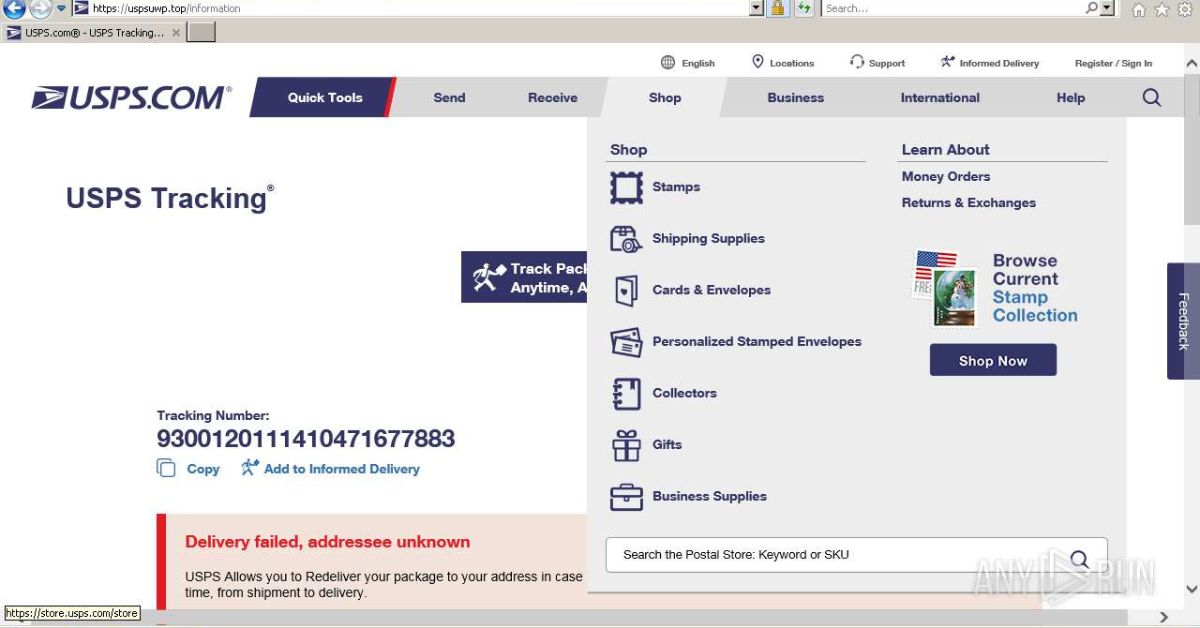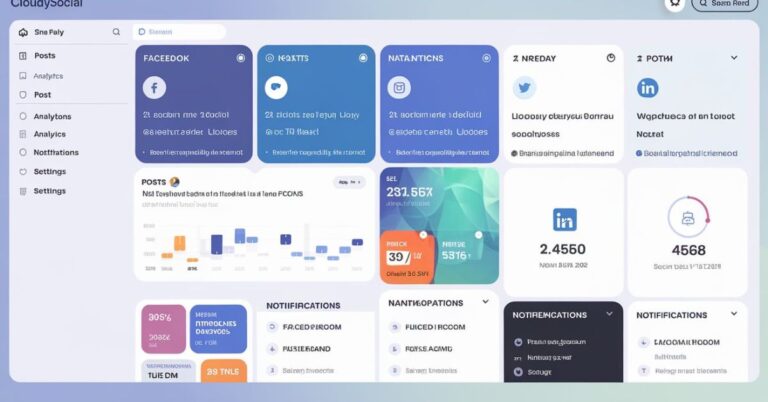9300120111410471677883 – Detecting and Avoiding the USPS Scam!
The 9300120111410471677883 scam impersonates USPS, using fake tracking messages to steal personal data via phishing links. Learn to recognise red flags, safeguard your information, and prevent fraud.
By the end, you’ll be equipped with the knowledge to avoid becoming a statistic in this widespread fraud.
What is the 9300120111410471677883 Scam? – Be Cautious!
The 9300120111410471677883 scam is a phishing scheme where cybercriminals impersonate USPS. Victims are contacted through Text, email, or robocalls, claiming a package couldn’t be delivered due to an incorrect address. The message includes a tracking number, 9300120111410471677883, and a link urging recipients to resolve the issue.
Clicking the link leads to a fake USPS website that asks for personal information. This data is then stolen for identity theft or sold on the dark web, resulting in severe financial and emotional harm for the victim.
How the Scam Works – Their Methods!
Step 1: Fake Notification
The scam begins when the target receives an unsolicited message, often containing:
- A false delivery failure alert.
- A fabricated tracking number (e.g., 9300120111410471677883).
- Urgent language encourages immediate action.
Step 2: Phishing Website
Clicking the provided link takes the victim to a fake USPS website that mimics the real one. This website is designed to collect sensitive information.
Step 3: Data Exploitation
The stolen information may be used for:
- Identity Theft: Opening credit accounts or filing false tax returns.
- Financial Fraud: Unauthorized purchases or bank withdrawals.
- Data Sales: Selling the information to other cybercriminals.
Red Flags to Watch Out For – Suspect Urgent!
Recognising these warning signs can help you avoid falling victim:
Generic Greetings:
Messages that lack personalisation, such as “Dear Customer,” are a typical red flag.
Urgent Language:
Scammers create a sense of urgency, claiming immediate action is needed to resolve a delivery issue.
Suspicious Links:
URLs that don’t match official USPS domains or appear shortened (e.g., bit.ly) indicate potential phishing.
Poor Grammar and Spelling:
Legitimate companies rarely send poorly written communications.
Unsolicited Messages:
Be cautious of messages about packages you weren’t expecting.
Impact on Victims – What The Affecteds Face!
The consequences of the 9300120111410471677883 scam can be severe:
Financial Losses: Victims often report unauthorised transactions, drained bank accounts, or fraudulent loans.
Identity Theft: Stolen personal data is used to open accounts, file fake tax returns, or commit other forms of fraud.
Emotional Distress: Dealing with the fallout of identity theft causes anxiety, stress, and frustration.
Ruined Credit Scores: Victims may face long-term financial damage as they work to restore their credit.
Examples of the 9300120111410471677883 Scam Messages – Some Looks!
Here are some examples of typical scam messages:
- “USPS: Your package is being held due to an incorrect address. Track it here: [suspicious link]”
- “Delivery failed for package 9300120111410471677883. Update your address here to receive it.”
- “USPS: Final notice. Your package is about to be returned. Resolve now: [phishing link].”
How to Verify USPS Communications? – Make The Security Sure!
When in doubt, follow these steps to ensure a message is legitimate:
- Check the Sender’s Address
Legitimate USPS emails come from @usps.com. Suspicious senders should raise concerns. - Visit the USPS Website
Type www.usps.com into your browser to check tracking numbers or contact USPS directly. - Use Official Tracking Tools
Input the tracking number on the official USPS website to confirm its validity. - Contact USPS Customer Support
Reach out to USPS directly if you need clarification on communicating.
Steps to Protect Yourself from Scams – Must Follow!
Stay Informed:
Stay updated on the latest scams targeting USPS customers and others.
Avoid Clicking Suspicious Links:
Never click on links in unsolicited messages. Instead, visit the company’s official website.
Use Strong Passwords:
Secure your accounts with unique, complex passwords.
Enable Two-Factor Authentication (2FA):
Add an extra layer of security to your online accounts.
Regularly Monitor Your Accounts:
Review your bank and credit card statements for unauthorised transactions.
Tools and Resources to Enhance Online Security – Try These!
Anti-Phishing Software:
Use tools like Norton or McAfee to block suspicious websites.
Password Managers:
Apps like LastPass or Dashlane help create and store strong passwords.
Credit Monitoring Services:
Services like Experian or Credit Karma alert you to changes in your credit report.
Email Filtering Tools:
Advanced spam filters can reduce phishing emails in your inbox.
What to Do If You’ve Been Targeted – After Being Victims!
If you suspect you’ve fallen victim to the 9300120111410471677883 scam:
- Disconnect Immediately
Stop interacting with the suspicious message. - Scan Your Device
Use antivirus software to check for malware. - Secure Your Accounts
Change passwords for sensitive accounts. - File a Complaint
Report the scam to the Federal Trade Commission (FTC) and local law enforcement. - Place a Fraud Alert
Notify credit bureaus like Equifax or TransUnion to flag your account.
Frequently Asked Questions:
How do I identify a phishing message?
Look for generic greetings, suspicious links, and grammatical errors.
What should I do if I click on a phishing link?
Disconnect from the internet, scan your device, and secure your accounts.
Can scammers mimic real USPS tracking numbers?
Yes, they create fake numbers like 9300120111410471677883 to make the scam appear credible.
Does USPS ever ask for personal information online?
No, USPS will not request sensitive information via Text or email.
How do I report a phishing scam?
Forward the suspicious message to spam@usps.com or report it to the FTC.
Conclusion:
The 9300120111410471677883 scam is a stark reminder of how cybercriminals prey on unsuspecting individuals. You can avoid falling victim by understanding how this scheme works, recognising red flags, and taking preventative measures.
Share this guide with friends and family to help spread awareness and protect others. Staying vigilant and informed is the best defence against scams in today’s digital age.






